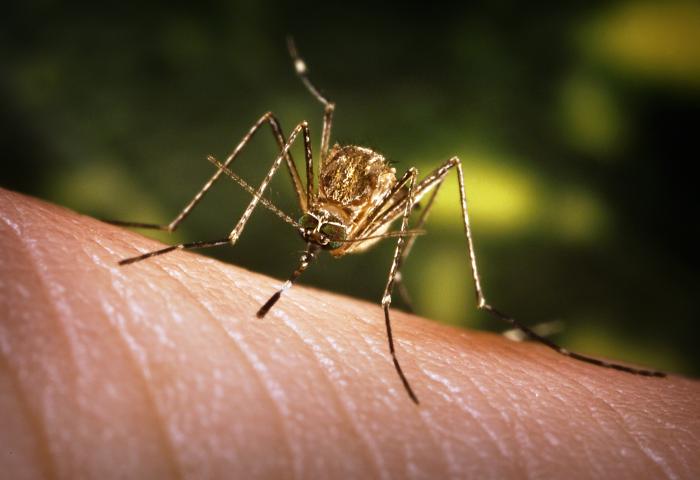 The Arizona Department of Health Services, Maricopa County Department of Public Health, and the University of Arizona will kick-off the second Great Arizona Mosquito Hunt this week. The Great Arizona Mosquito Hunt began as a collaborative project in 2015 to teach high school students about mosquito biology and emerging mosquito-borne diseases, such as dengue, chikungunya, and Zika.
The Arizona Department of Health Services, Maricopa County Department of Public Health, and the University of Arizona will kick-off the second Great Arizona Mosquito Hunt this week. The Great Arizona Mosquito Hunt began as a collaborative project in 2015 to teach high school students about mosquito biology and emerging mosquito-borne diseases, such as dengue, chikungunya, and Zika.
These emerging diseases are spread by the bite of an infected Aedes aegypti mosquito. Arizona is home to this type of mosquito, but public health and vector control partners are not sure all the places where Aedes aegypti mosquitoes are found. The Great Arizona Mosquito Hunt will help answer this question.
High school science classes around the state will receive kits with supplies to set up “oviposition”, or egg-laying, traps that attract the female Aedes aegypti mosquito. Kits will be set for two to four weeks in late August through mid-September, which is the peak season for mosquito activity. Last year, more than 70 schools participated from almost every county in Arizona, as well as a number of tribal partners. Four of the 226 traps (1.8 percent) set were found to have Aedes aegypti eggs. The 2015 results were mapped against areas that had been identified as having Aedes aegypti by local vector control agencies.
A statewide map will also be created from the 2016 results and will guide public health to help prepare and protect Arizona communities against possible introductions of emerging mosquito-borne diseases. With a more complete picture of the distribution of this mosquito, public health can identify high-risk areas if a human case of dengue, chikungunya, and Zika is reported.
Knowing where the mosquito is not present is also helpful to identify lower-risk areas and to monitor for accidental introductions of Aedes. The Great Arizona Mosquito Hunt is also an opportunity for youth to be empowered about mosquito prevention and how to help Arizona “Fight the Bite!”









